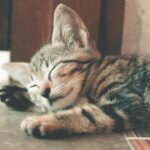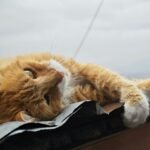Cats have been our companions for thousands of years, sharing our homes and hearts. Over time, many breeds have emerged, each with its unique characteristics and charm. However, not all cat breeds have stood the test of time. Some have vanished from existence, while others teeter on the brink of extinction. This article explores ten such breeds, delving into their histories and what led to their decline. For cat lovers and history buffs alike, this journey through the past is both fascinating and poignant.
The Mysterious Vanishing of the British Blue Shorthair

The British Blue Shorthair was once a beloved breed known for its plush coat and striking blue-gray color. Originally popular in the United Kingdom, this breed’s numbers dwindled due to the introduction of more exotic breeds. As breeders focused on creating more colorful and unique cats, the classic British Blue Shorthair was bred less frequently. This decline was further exacerbated by the devastation of World War II, which led to a significant reduction in their population. Today, the breed exists in a limited capacity, often confused with the more common British Shorthair, but purists know the difference.
The Enigmatic Disappearance of the Russian Longhair
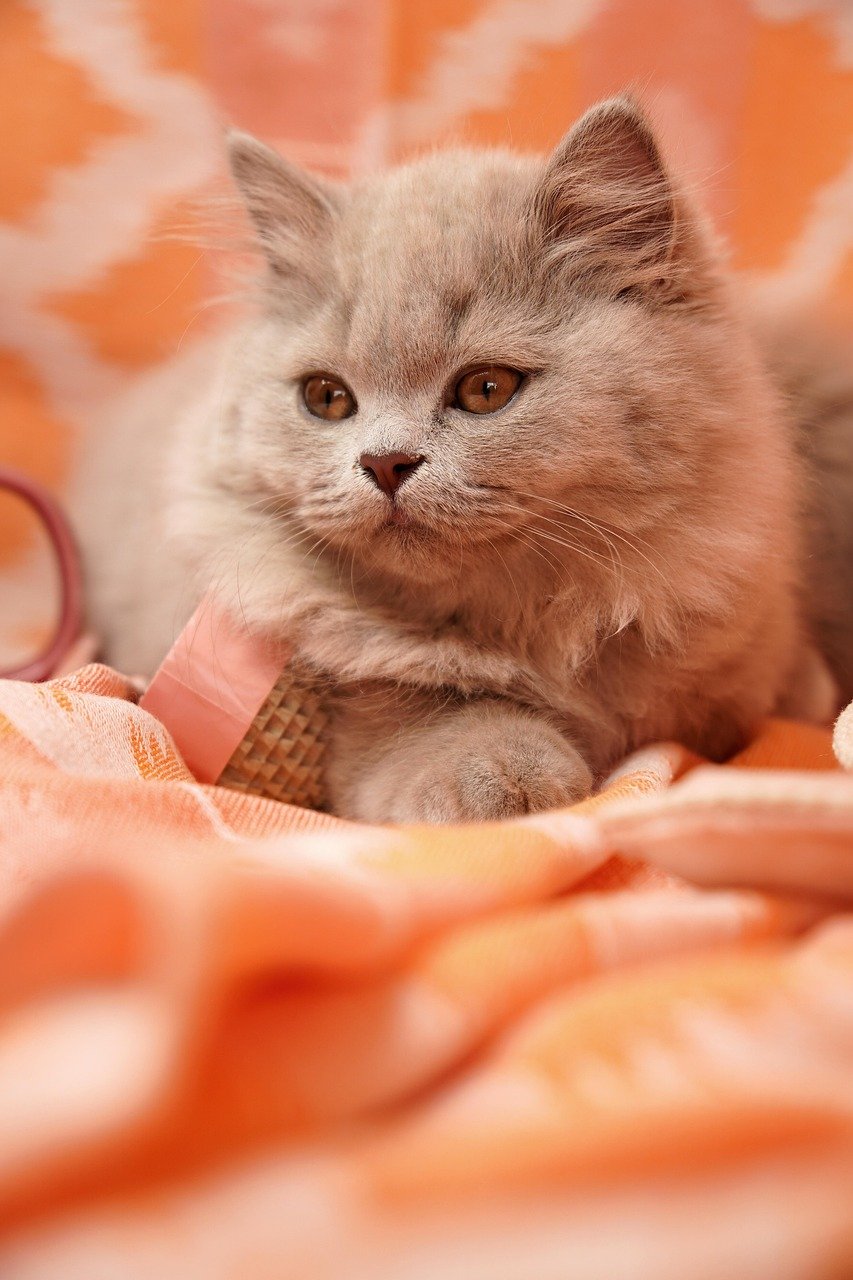
The Russian Longhair, with its luxuriously soft coat, was a breed that turned heads wherever it went. Known for its intelligence and playful nature, it was a favorite among Russian aristocracy. However, as political and social changes swept through Russia, the breed faced a decline. The turmoil of the Russian Revolution and subsequent wars caused many of these cats to be lost or forgotten. With few records remaining, the Russian Longhair is a ghost of the past, remembered only in historical texts and paintings.
The Decline of the Egyptian Mau’s Ancestral Line
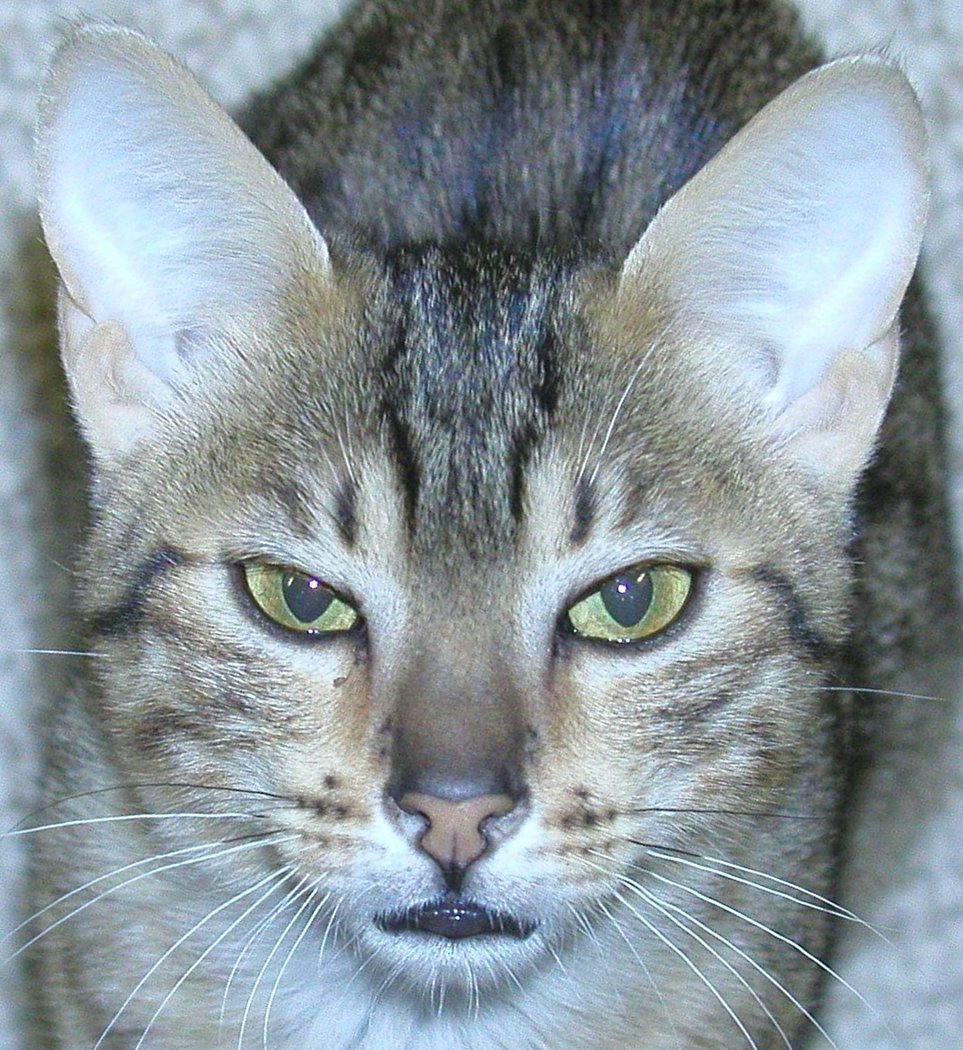
The Egyptian Mau is often celebrated as one of the oldest cat breeds, depicted in ancient Egyptian art. While the modern Mau thrives, its ancestral line, known for a more pronounced wild appearance, has all but disappeared. This decline is attributed to crossbreeding with other domestic cats, diluting the original genetic lineage. Modern efforts to preserve the breed focus on maintaining its unique characteristics, but the ancient lineage remains a lost chapter in feline history.
The Quiet Fade of the Japanese Bobtail’s Wild Ancestor
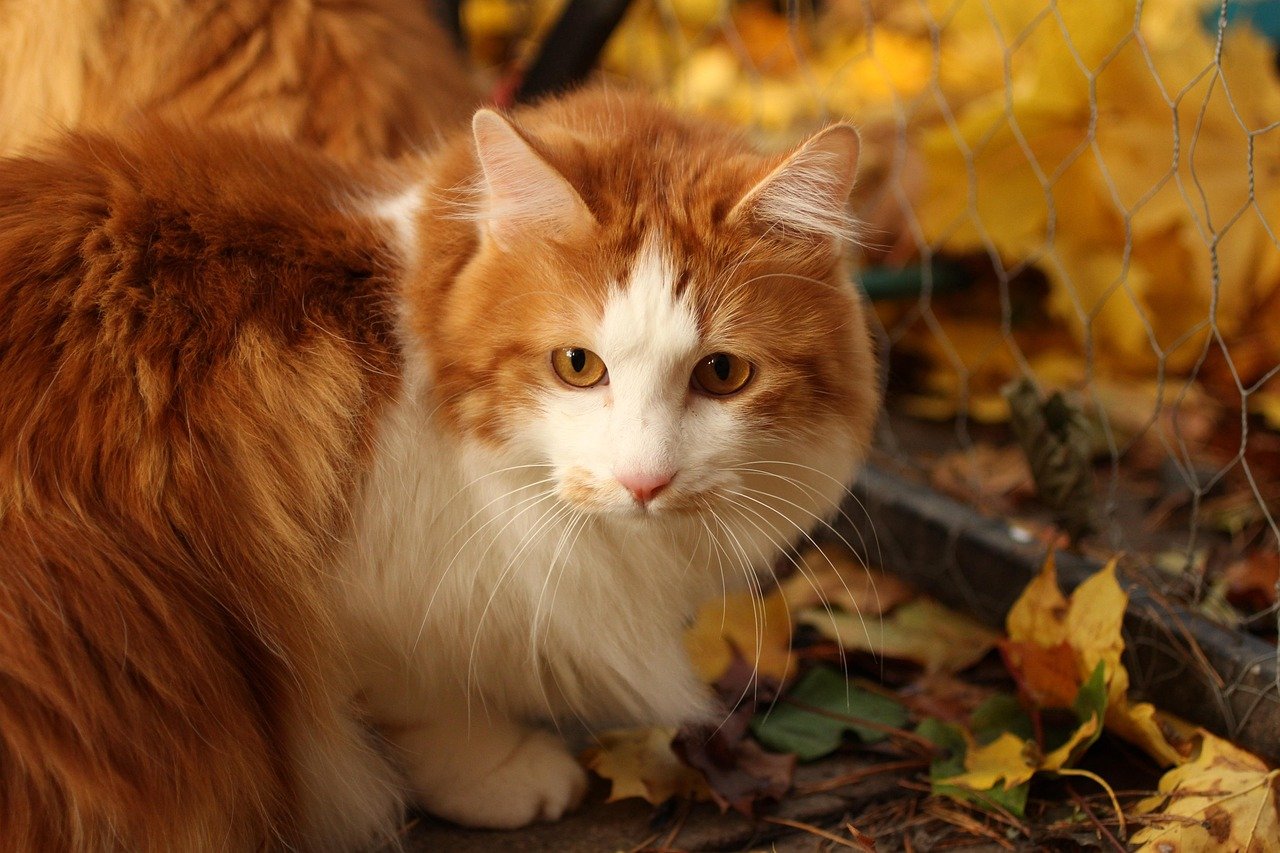
The Japanese Bobtail is a breed famous for its unique tail and playful demeanor. However, its wild ancestor, a breed that roamed the Japanese countryside, has faded into obscurity. The development of urban areas and changes in agricultural practices meant fewer habitats for these wild cats. Over time, they interbred with domestic cats, leading to the more common version we see today. Efforts to rewild certain areas are underway, but the original wild bobtail remains a memory.
The Forgotten Highland Tiger of Scotland
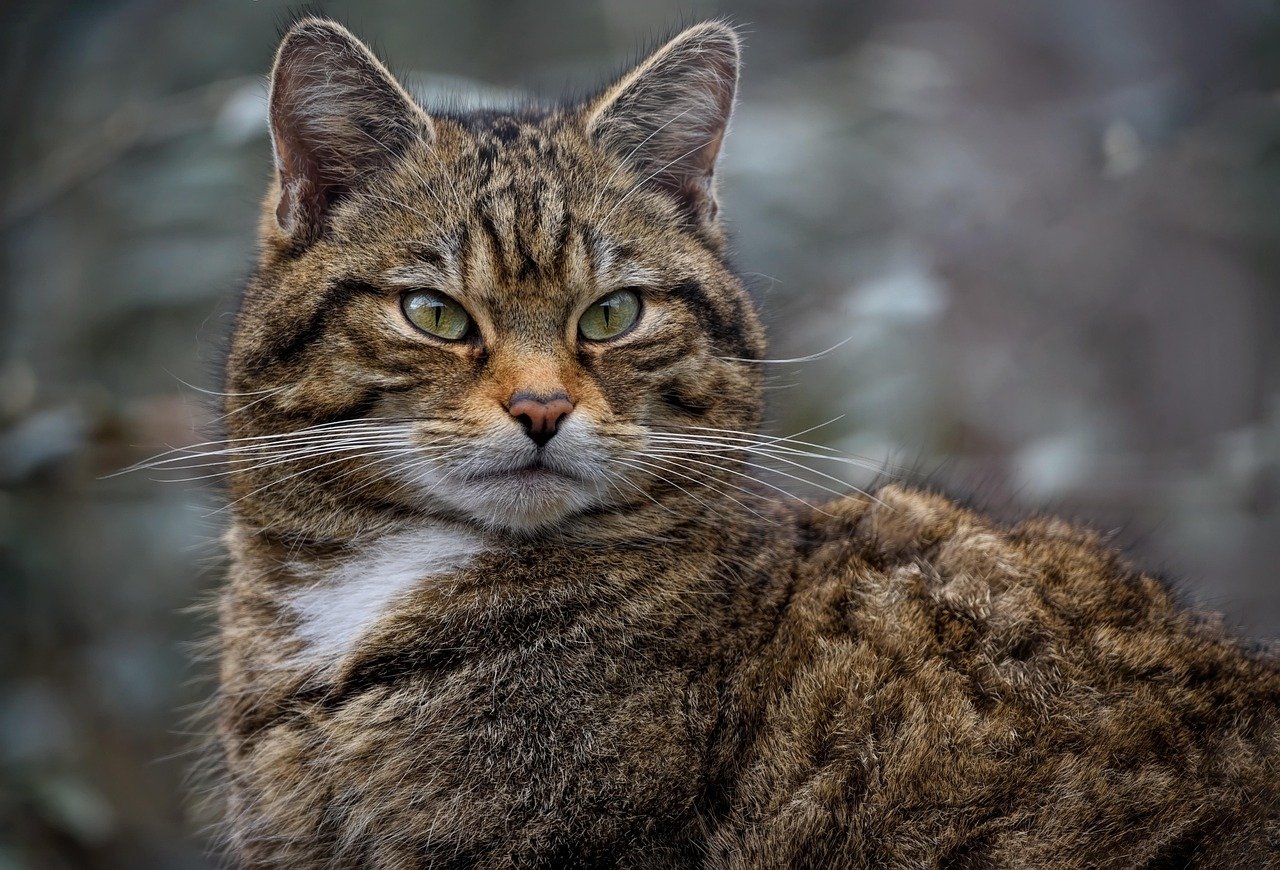
Scotland’s Highlands were once home to a unique breed known as the Highland Tiger. These cats were larger and more robust than domestic cats, with a fierce independence. As modern farming practices took over and the landscape changed, the Highland Tiger’s habitat was encroached upon. Crossbreeding with domestic cats further diluted their numbers, and today, they are a shadow of their former selves, with only a few believed to exist in isolated regions.
The Lost Elegance of the Siamese Royal Cat

The Siamese Royal Cat was a breed that epitomized grace and elegance, often found in the palaces of ancient Siam. Characterized by its slender body and striking blue eyes, it was a symbol of status and wealth. However, as political regimes changed and the country modernized, the breed was gradually replaced by the more common Siamese cat we know today. Efforts to trace and revive the original royal lineage have met with limited success, leaving this breed as a lost piece of cultural heritage.
The Extinction of the European Wildcat Hybrid
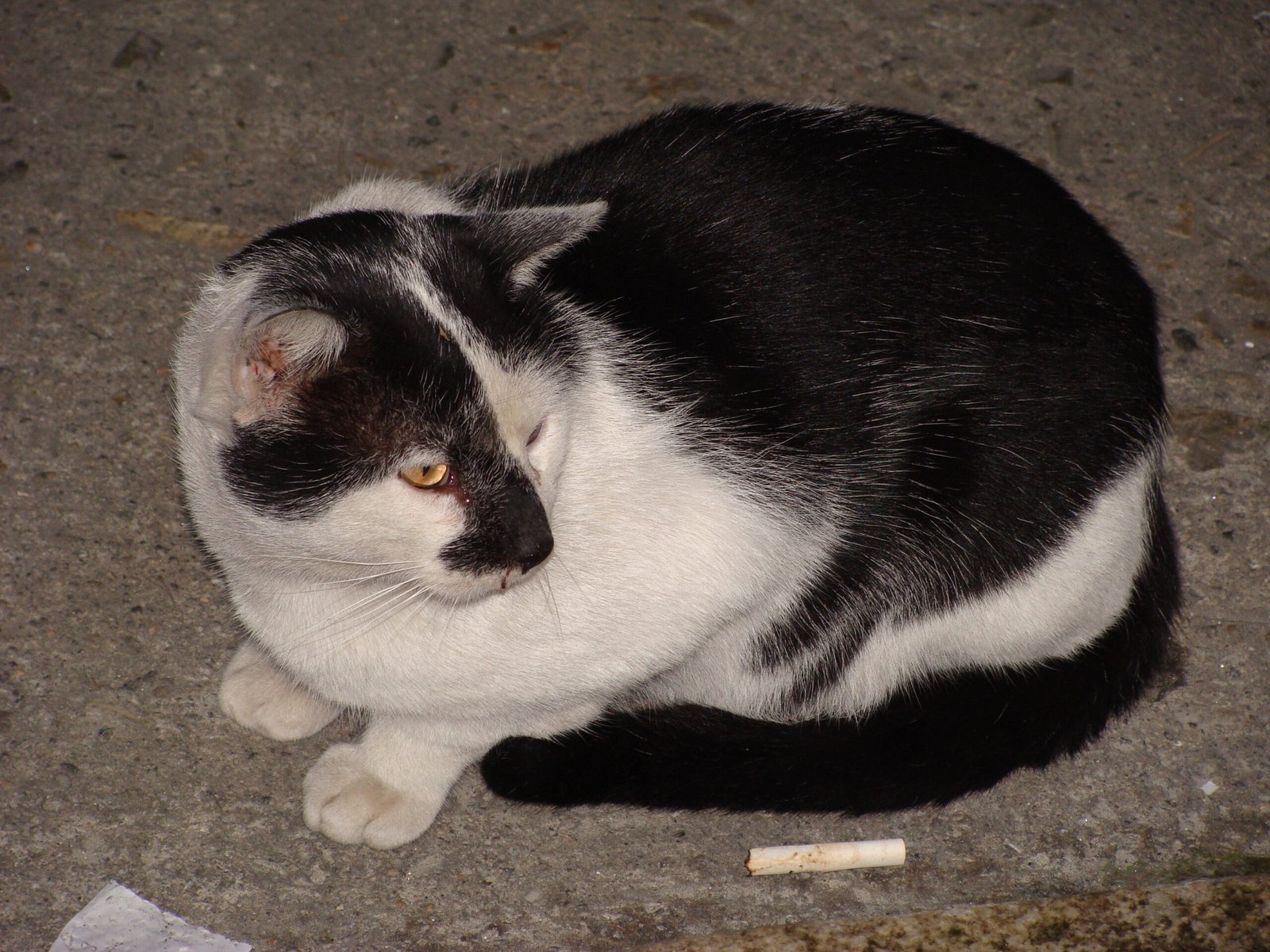
The European Wildcat Hybrid was a fascinating blend of wild and domestic traits, resulting from natural interbreeding between wildcats and domestic cats. Often found in rural and forested areas of Europe, these cats were admired for their resilience and adaptability. However, habitat destruction and increased urbanization led to a sharp decline in their population. Conservationists have made attempts to preserve the remaining wildcat populations, but the hybrid breed is now considered extinct.
The Near Disappearance of the Cuban Blue
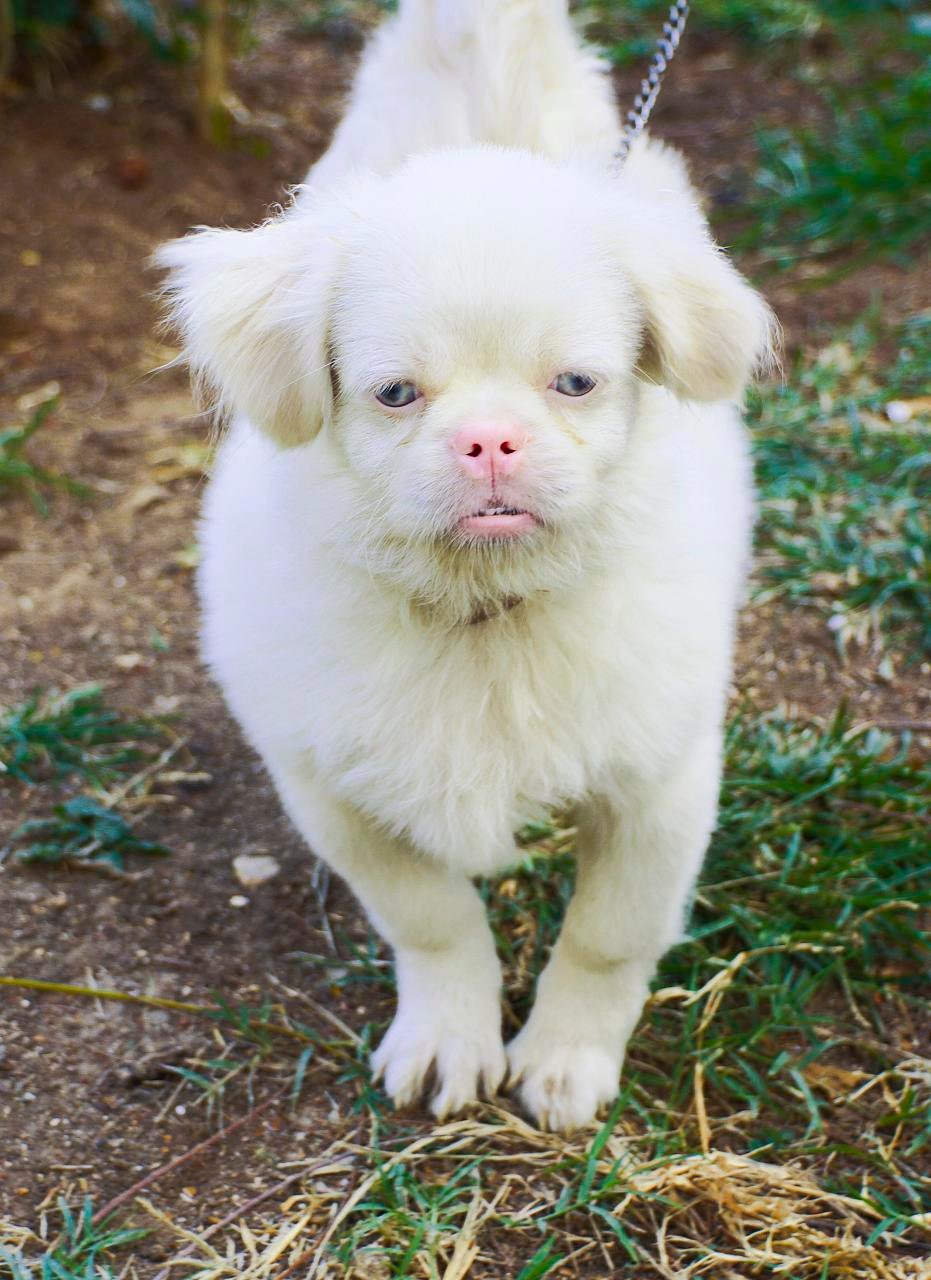
The Cuban Blue was a breed known for its striking blue coat and affectionate nature. It was a popular choice in Cuban households until political upheaval and economic challenges shifted priorities. As the country faced embargoes and isolation, so too did the Cuban Blue face neglect and decline. With few breeders and limited resources, the breed’s numbers have dwindled, and it is now considered critically endangered.
The Fading Legacy of the African Sand Cat
The African Sand Cat, with its sandy coat and desert-dwelling prowess, was once a common sight in the arid regions of North Africa. Known for its ability to survive in harsh conditions, it was a marvel of evolution. However, as desertification and human encroachment increased, their numbers have dramatically reduced. Conservation efforts are in place to protect their remaining habitats, but the breed’s future remains uncertain.
The Disappearance of the Australian Mist’s Wild Ancestor
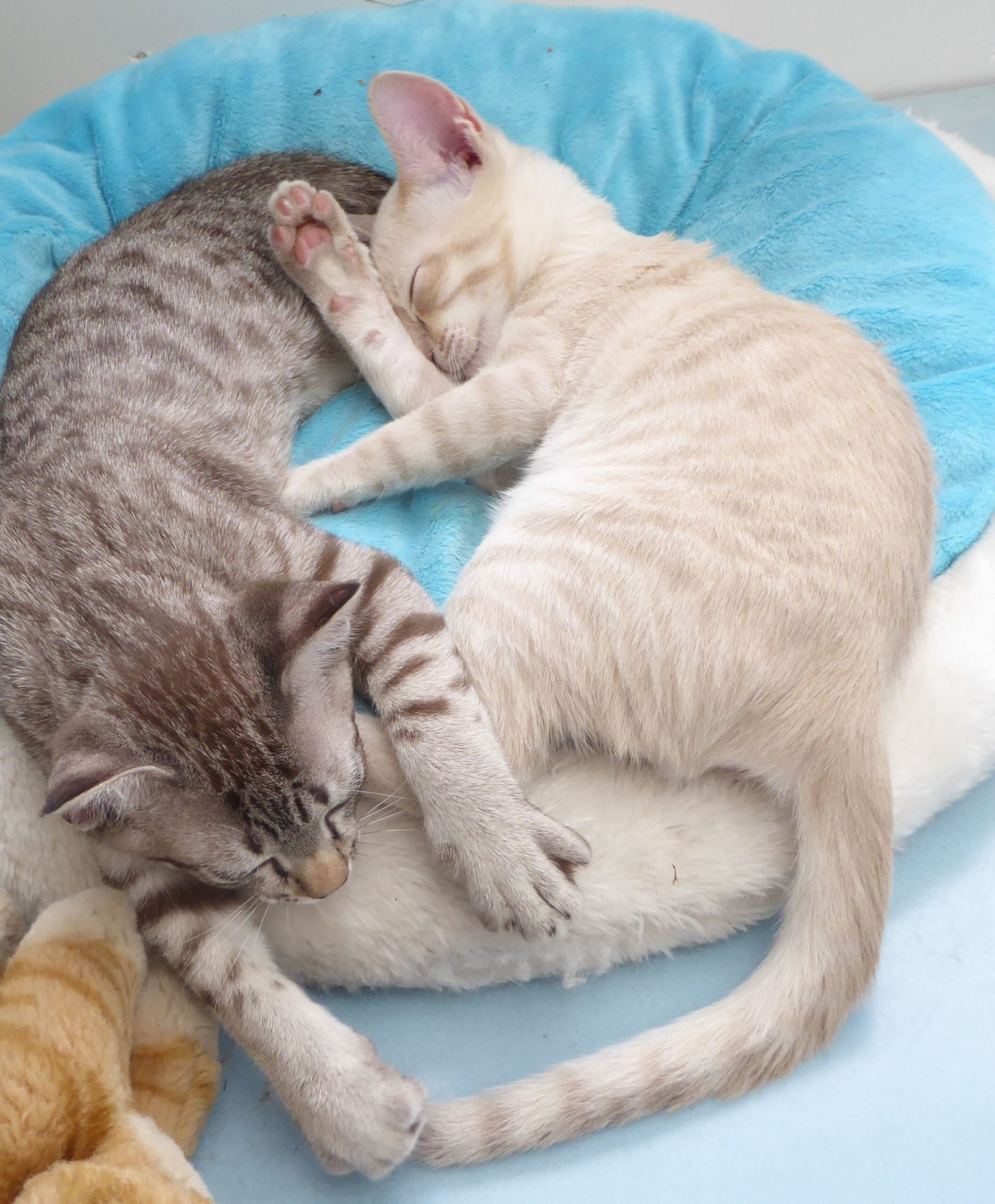
The Australian Mist is a well-loved breed known for its spotted coat and friendly disposition. Its wild ancestor, however, has all but disappeared. This wild breed, native to the Australian outback, faced challenges from habitat loss and introduced predators. As domestic breeding took precedence, the wild lineage was gradually lost. Today, the Australian Mist carries traces of its wild heritage, but the original breed is no longer found in the wild.
The Unseen Decline of the Mexican Hairless Cat
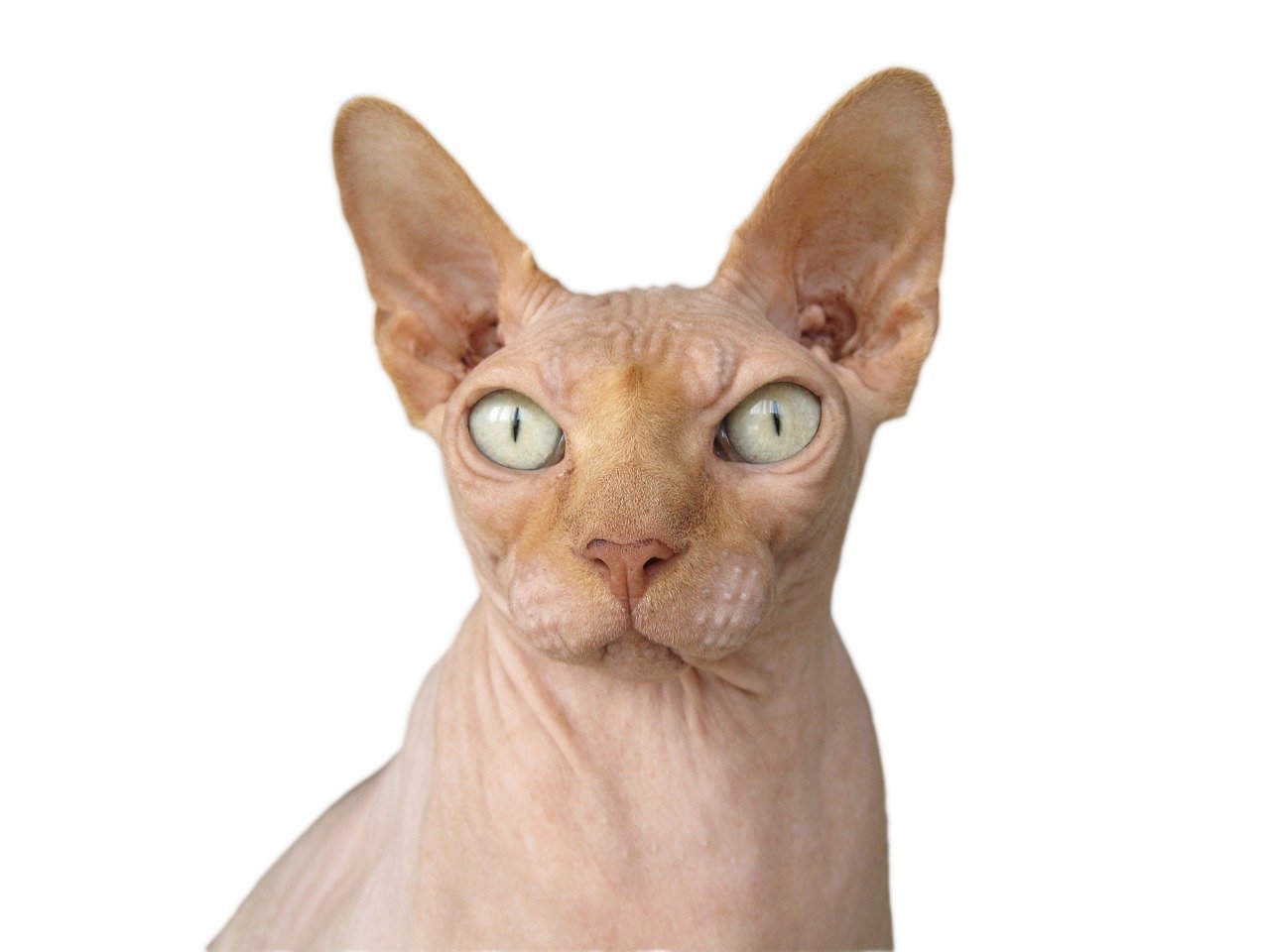
The Mexican Hairless Cat was a breed with a unique appearance, lacking fur but possessing a sleek and elegant build. However, as hairless breeds from other regions gained popularity, the Mexican Hairless was overshadowed. Breeding programs dwindled, and the breed became increasingly rare. Today, it is considered extinct, with only historical records to remind us of its existence.
The Vanishing of the Turkish Angora’s Ancestral Line
The Turkish Angora is a breed renowned for its stunning white coat and striking eyes. Its ancestral line, however, has faced challenges due to crossbreeding and environmental changes. While the modern Angora is a beloved pet, the original lineage has been diluted over the centuries. Preservation efforts continue, but the pure ancestral line remains a part of Turkey’s rich cultural tapestry, fading into history.
The Forgotten Breed of the Norwegian Skogkatt’s Ancestor
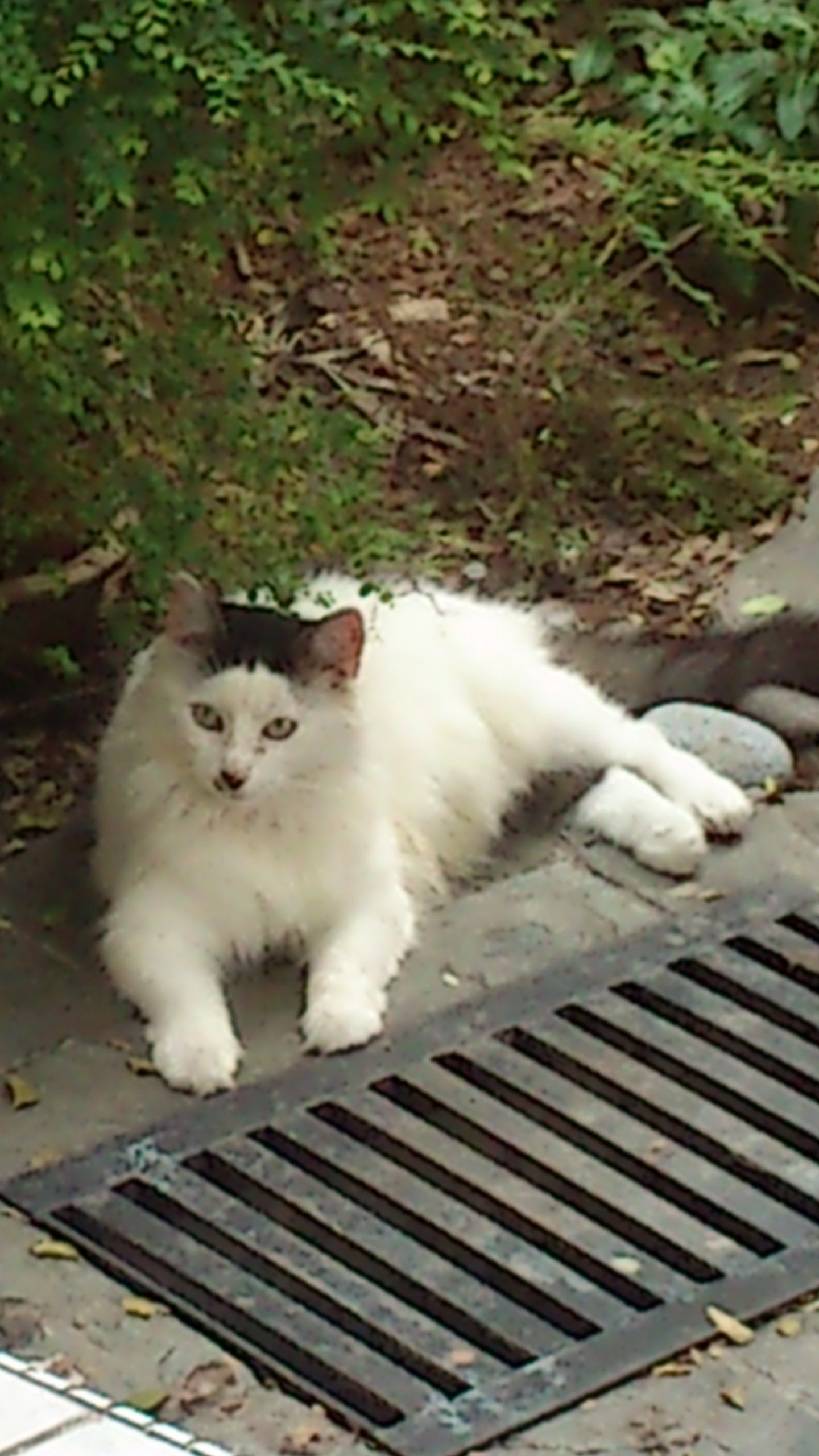
The Norwegian Skogkatt, or Forest Cat, is a breed known for its resilience and strength. Its ancestor, a wild breed native to Norway’s forests, has largely disappeared. As Norway modernized and urbanized, these wild cats faced habitat loss and interbreeding with domestic cats. Today, the Skogkatt retains some of its wild traits, but the original breed is a memory kept alive by folklore and legend.
The Near Extinction of the Persian Sand Cat
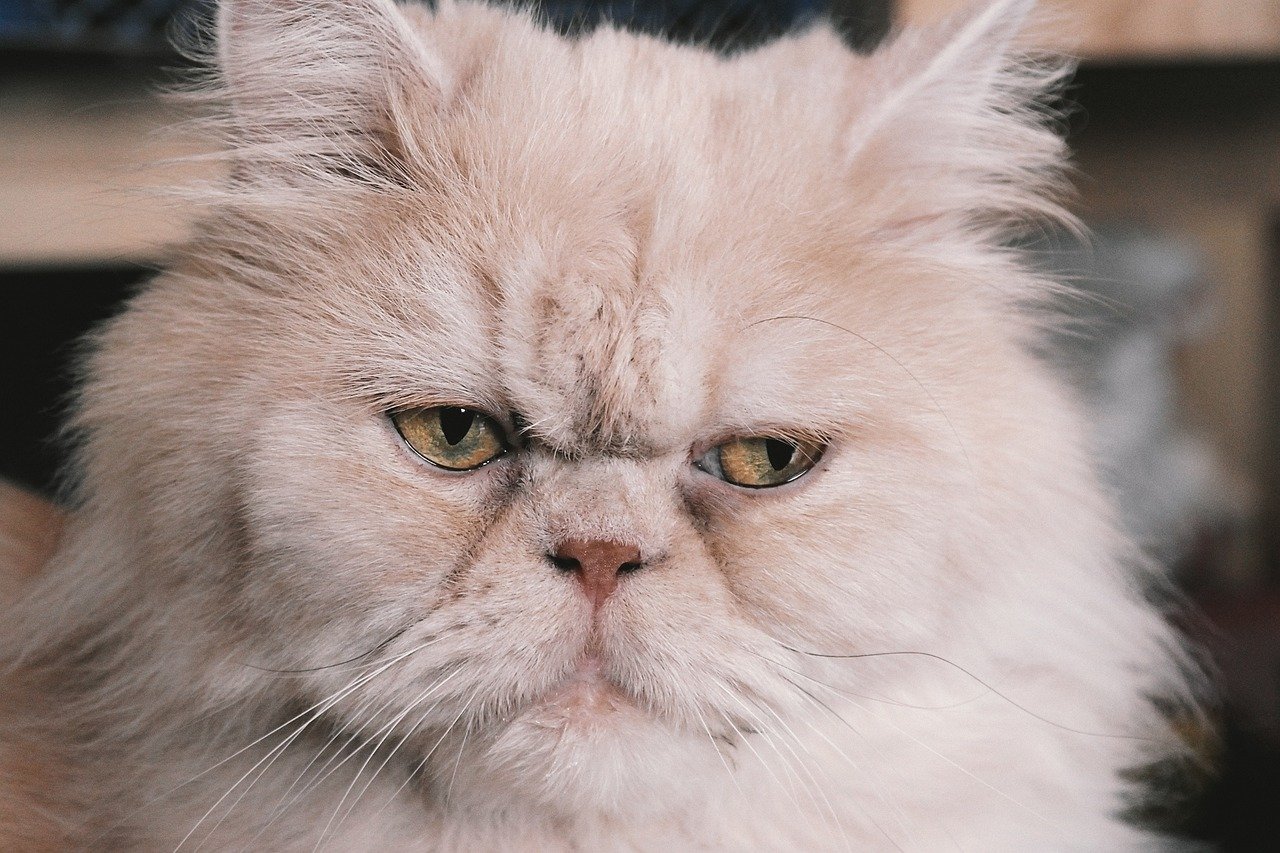
The Persian Sand Cat was a breed that thrived in the deserts of the Middle East, known for its ability to blend into the sandy landscapes. As urbanization spread and natural habitats were encroached upon, the Persian Sand Cat faced significant challenges. Conservationists have made efforts to protect the remaining populations, but the breed’s numbers remain critically low, with extinction a looming threat.
The Disappearance of the Brazilian Shorthair’s Wild Cousin
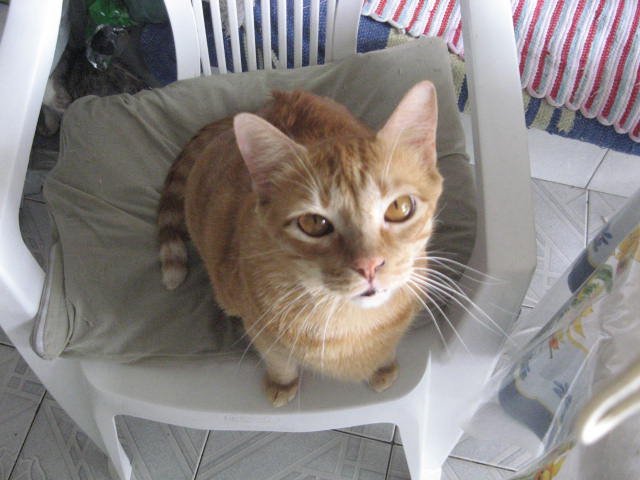
The Brazilian Shorthair is a breed that has gained popularity for its playful nature and adaptability. However, its wild cousin, once found in the rainforests of Brazil, has nearly vanished. Deforestation and environmental changes have decimated their habitats, leading to a decline in their population. While the domestic Brazilian Shorthair thrives, the wild lineage is a part of history, remembered only in local lore.
The Lost Breed of the Himalayan’s Predecessor
The Himalayan Cat, with its striking blue eyes and luxurious coat, is a breed adored by many. Its predecessor, a breed that roamed the mountains of Asia, is now a thing of the past. Changes in climate and human encroachment have led to the decline of this wild breed. While the domestic Himalayan continues to enchant cat lovers, its wild ancestor is a lost chapter in the story of felines.
The Vanishing of the American Bobtail’s Wild Ancestor
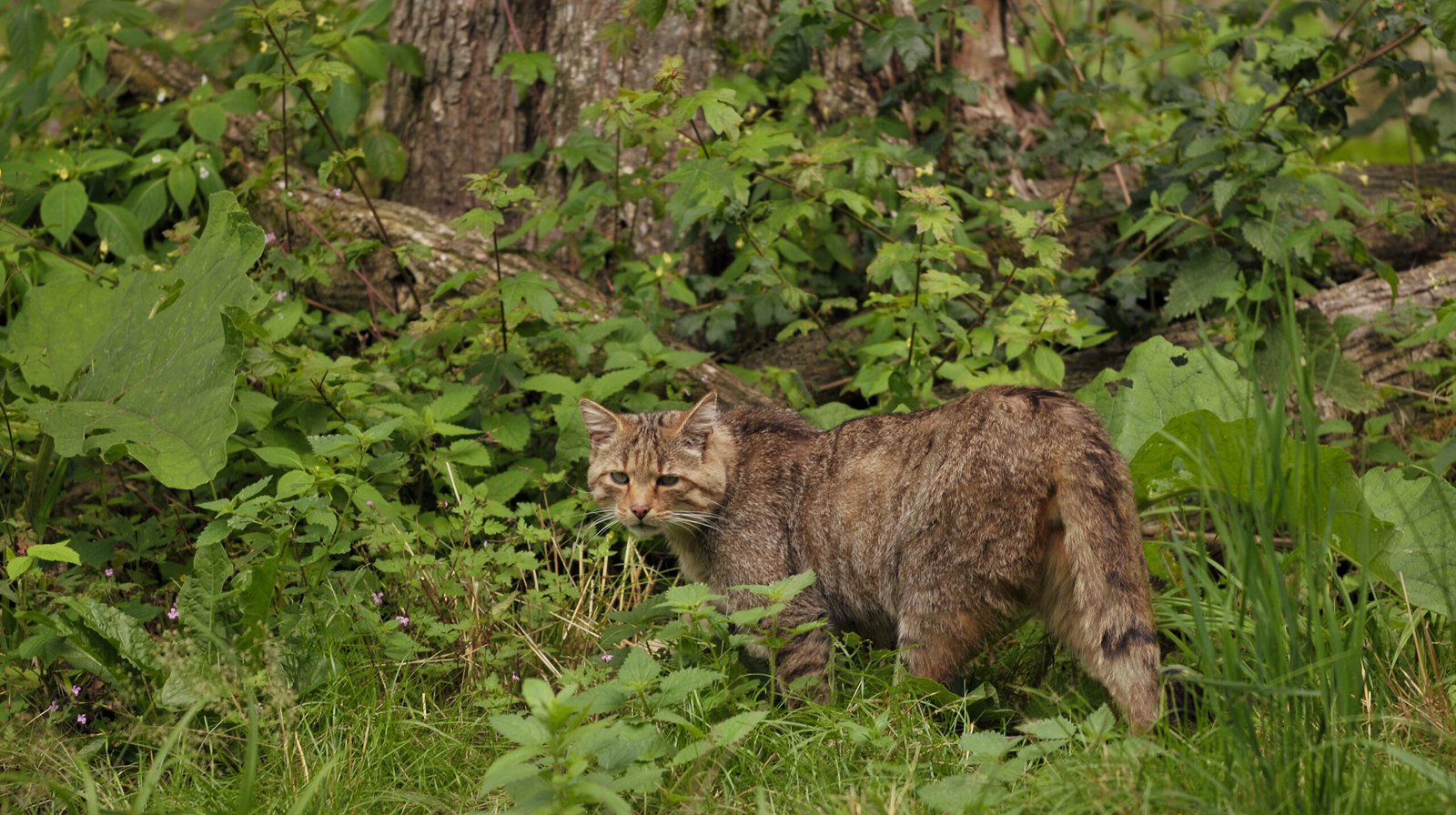
The American Bobtail is a breed known for its unique tail and rugged appearance. Its wild ancestor, however, has faced challenges due to habitat loss and interbreeding with domestic cats. As the American landscape changed, these wild cats found fewer places to call home. Today, the American Bobtail carries some of its wild heritage, but the original breed is largely forgotten.
The Near Extinction of the Scottish Wildcat Hybrid
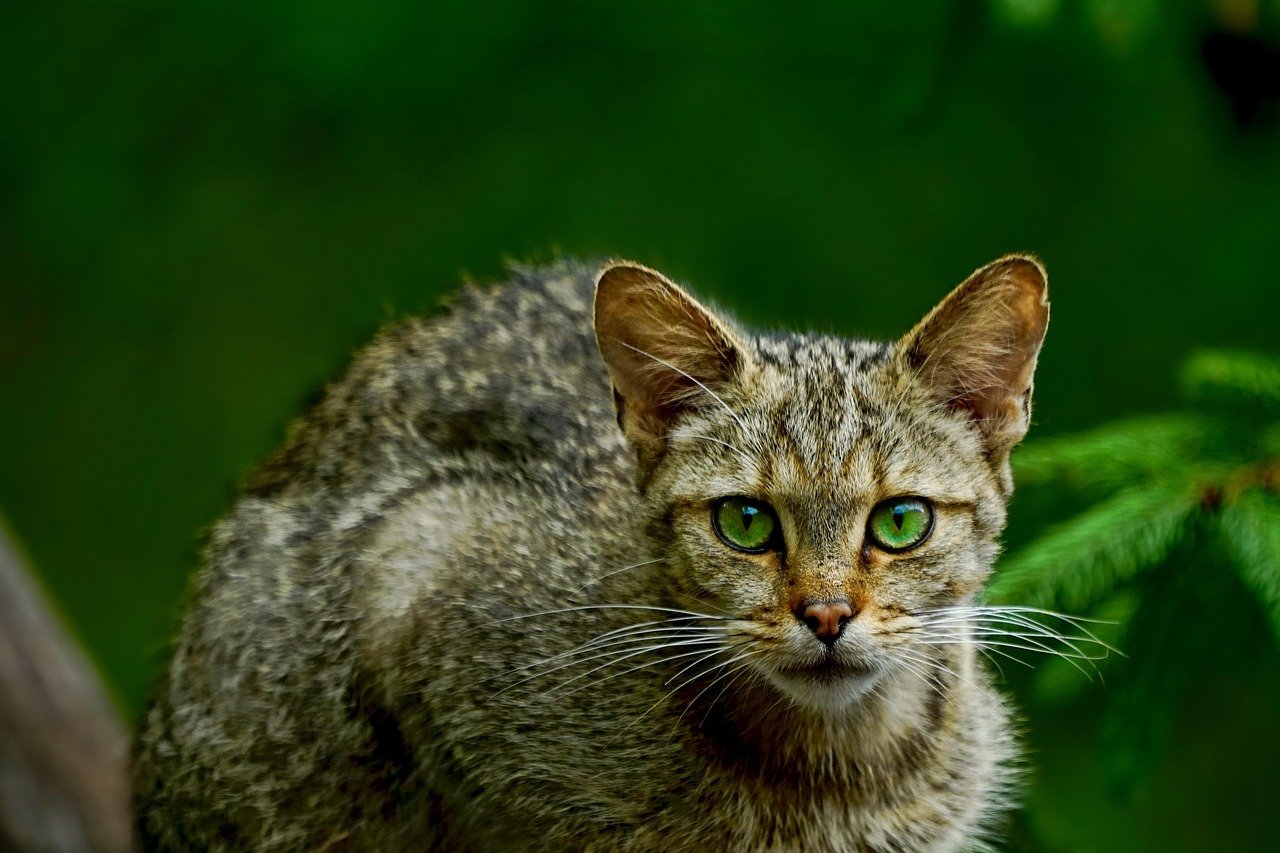
The Scottish Wildcat Hybrid was a breed that combined the traits of wild and domestic cats, thriving in Scotland’s rugged landscapes. However, habitat destruction and interbreeding have led to a decline in their numbers. Conservationists are working to protect the remaining wildcat populations, but the hybrid breed is now considered nearly extinct, a testament to the challenges faced by wild cat populations.
The Decline of the Arabian Mau’s Ancestral Line
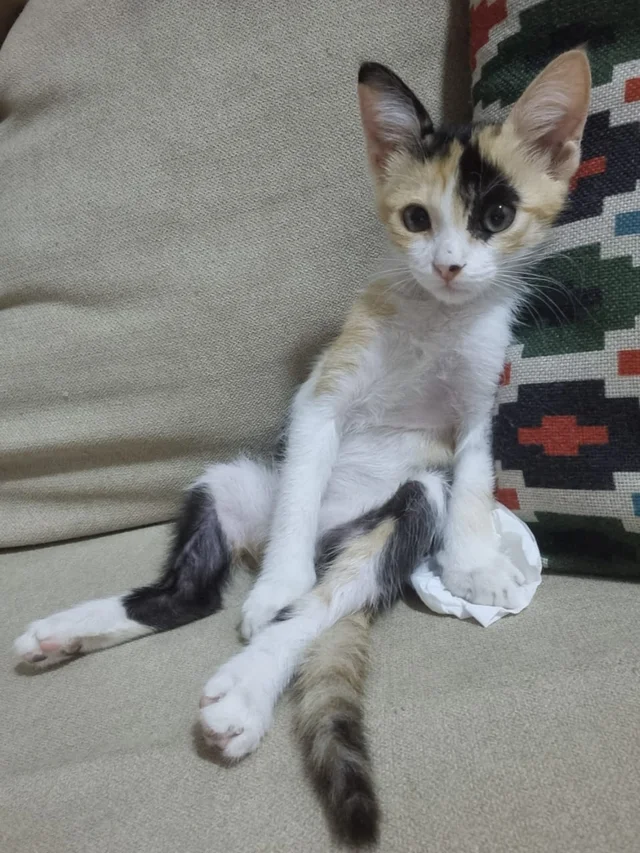
The Arabian Mau is a breed known for its adaptability and resilience in desert environments. Its ancestral line, however, has faced challenges due to urbanization and changes in the Middle Eastern landscape. While the modern Mau continues to thrive, the original lineage has been diluted, with efforts to preserve their unique traits ongoing. The ancestral line remains a part of Arabian history, gradually fading into the past.
The Disappearance of the Manx Cat’s Wild Cousin
The Manx Cat, with its distinctive lack of a tail, is a breed beloved by many. Its wild cousin, once found on the Isle of Man, has largely disappeared. Changes in the island’s ecosystem and interbreeding with domestic cats have led to a decline in their population. While the domestic Manx continues to capture hearts, the wild lineage is a part of the island’s folklore, remembered by few.
In conclusion, these cat breeds, once thriving and celebrated, now exist only in memories and historical records. Their stories are a testament to the ever-changing world and the impact of human activity on our feline companions. As we move forward, it is crucial to remember these breeds and work towards preserving the diversity of cat breeds that remain today.
Hi, I’m Bola, a passionate writer and creative strategist with a knack for crafting compelling content that educates, inspires, and connects. Over the years, I’ve honed my skills across various writing fields, including content creation, copywriting, online course development, and video scriptwriting.
When I’m not at my desk, you’ll find me exploring new ideas, reading books, or brainstorming creative ways to solve challenges. I believe that words have the power to transform, and I’m here to help you leverage that power for success.
Thanks for stopping by, Keep coming to this website to checkout new articles form me. You’d always love it!

